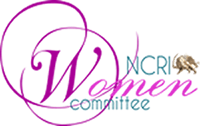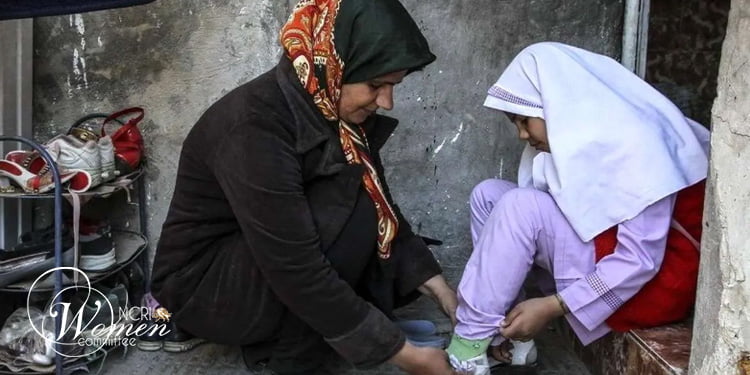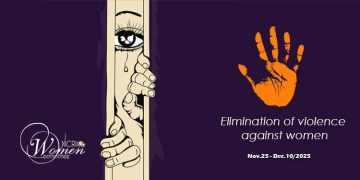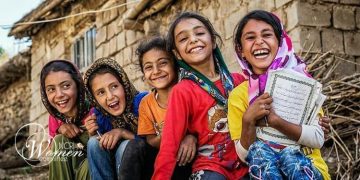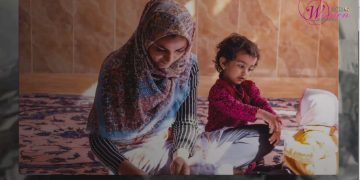While the world, on the International Day for the Eradication of Poverty (October 17), emphasizes social justice, human dignity, and the right to a decent life, Iran, under the shadow of a predatory and discriminatory regime, has become a stage for pervasive poverty and human deprivation.
A country endowed with vast oil, gas, mineral, and human resources, Iran nonetheless finds the majority of its citizens struggling to meet their most basic needs. Poverty in Iran is not the result of resource scarcity, but the outcome of dysfunctional structures, institutionalized corruption, and economic and political policies that withhold national wealth from the people and channel it instead toward repression and military projects.
Although poverty has spread across the whole of Iran, its feminine face is catastrophic: women who are the breadwinners of their households face economic, social, and governmental discrimination more than any other group. They live in a society where job opportunities, financial resources, and social support are systematically withheld from them. These women must fight not only economic pressures but also daily walls of discrimination, legal inequality, and a lack of social security.
For women heads of households, poverty does not merely mean having no income; it means being excluded from decision-making processes, being ignored in support policies, and living in a perpetual state of instability and anxiety.
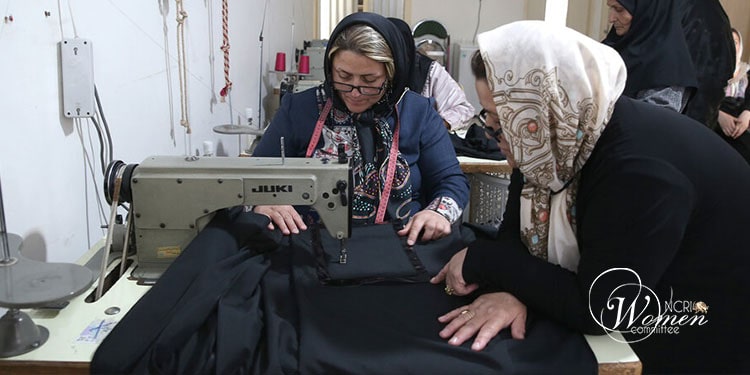
A Look at the General State of Poverty in Iran
- More than 80 percent of Iranian households have fallen below the poverty line. About 60 percent of Iran’s population live under the poverty line, and 50 percent of them are in absolute poverty. (Eghtesad News, October 2024)
- 60 percent of people under the poverty line cannot consume 2,100 calories per day, meaning there are more than 50 million poor people in Iran.
(Rokna – September 9, 2024)
Situation of Women Heads of Households
In a country in which poverty has engulfed a large portion of the population and millions live under the poverty line, what is the condition of women who, for years, have been structurally discriminated against, and are forced to carry the burden of breadwinning the family?
Women heads of households, in the midst of runaway inflation, absence of social supports, and a discriminatory labor market, face collapse more than any other social stratum. For them, poverty is not a temporary crisis but a chronic, self-reproducing reality: financial poverty alongside poverty of security, poverty of support, and poverty of hope. In a country where even official statistics do not include women heads of households, in the silence and neglect of the authorities, a hidden tragedy unfolds in the lives of these women.
Official statistics about women heads of households in Iran are neither transparent nor precise, and in recent years data publication has been halted or incomplete.
More than 6 million women heads of households exist in Iran, half of them uninsured.
(Donya-e Eqtesad, May 3, 2025)
If we assume that the percentage of women heads of households had remained at 12% since 2011, with a current population of 85 million in Iran, there should be at least 10 million female heads of households that the government neither acknowledges nor supports. This is while the regime’s officials have previously acknowledged that over the past ten years, some 60,300 persons were added to the population of women heads of households, every year. (Shahrvand, July 10, 2018)
Bijan Abdolkarimi, a former university professor, reported that just between 2017 and 2019 more than 10 million people were added to the population under the poverty line. This trend directly affects the lives of women heads of households, who shoulder the economic burden of their families while being deprived of minimal social support. (Setareh Sobh, September 17, 2025)
52 percent of women heads of households lack insurance and pension, and in social and economic crises even those working formally live in acute anxiety about the future. (Eqtesad 24, June 21, 2025)
70 percent of the economically inactive population are women, which means that working women, homemakers, or street vendors face additional pressure and widespread poverty. Many women heads of households accept extremely difficult and informal jobs with low wages, blank-signed contracts, or no social insurance.
(Donya-e Eqtesad, December 28, 2024)
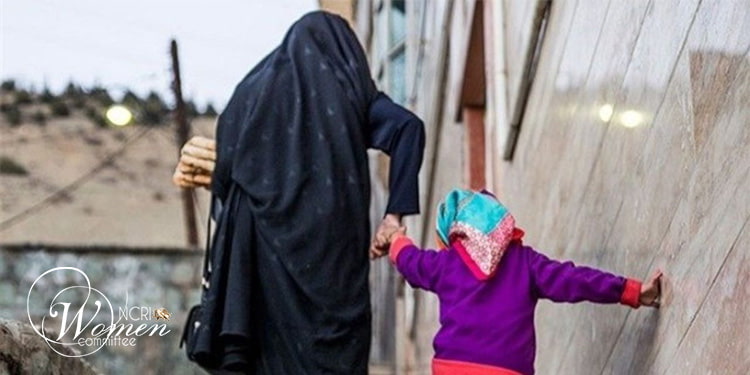
Challenges and Harms
1. Economic and Occupational Pressure:
- Most women heads of households lack access to formal labor markets and are forced into uninsured, unstable jobs with minimal income, such as sewing workshops, carpet weaving, packaging, or street vending (Tahlil-e Bazaar, June 7, 2025)
- Women heads of households often resort to informal jobs, street vending, small workshops, or even selling their hair. One vendor said: “I was unemployed and had no way to pay for my son’s treatment. So, I had to sell my hair, but the money was not even enough for one month.” (Khabar Online, April 7, 2025)
- On July 11, 2025, ILNA news agency reported that women street vendors and those working informally receive no legal or insurance protection, and at any moment face harassment from government agents, seizure of goods, or arrest. This condition imposes additional economic and psychological pressure.
- The minimum living cost for a household in small cities has been announced as 28 million tomans, (Khabar Online, January 16, 2025) while women heads of households in workshops earn between 1.9 to 3 million tomans and remain uninsured.
- Many women resort to unorthodox livelihoods such as selling organs, engaging in sex work, or carrying heavy loads across borders (Koolbar) to cover living costs.
(Etemad, June 15, 2024)
2. Lack of Social and Legal Support:
While the number of women heads of households is increasing, only 283,500 of them are under the coverage of the Welfare Organization. (Iran Newspaper, August 18, 2025)
Real Life Stories of Women Heads of Households
Sanaz runs a business selling cosmetics and clothes online to support herself and her daughter. Her monthly income was only 2 million tomans, and due to internet issues and a market slump, it was less than half her rent. (ILNA, July 11, 2025)
Shiva, who holds a bachelor’s degree in literature, works as an internet taxi driver and lives with her two-year-old daughter in a cramped room. She is uninsured and her income is irregular. (ILNA, July 11, 2025)
Zahra sells goods in the metro; she heads a four-member family and lacks insurance. Her only income is street vending, and in the past month she earned around 3 million tomans, an amount less than half her rent. (ILNA, July 11, 2025)
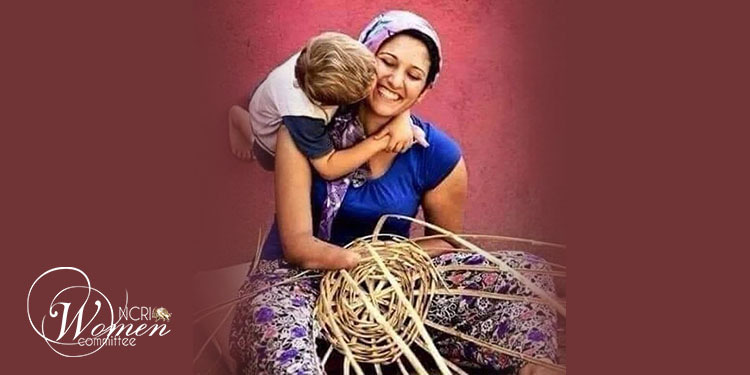
From Poverty to Hope: The Path Toward Ending Female Poverty and Injustice
Amid this darkness of poverty and inequality, born from years of plunder and greed, corruption, and the clerical regime’s discrimination against women, women in Iran still stand. They who bear both the burden of family breadwinning and the structural discrimination on their bodies and souls, fight every day for life, for dignity, and for a future in which they can believe.
Ending this injustice is possible only with the overthrow of the clerical regime that for years has silenced women’s voices. Iranian women, despite all pressures, prove every day that life can be rebuilt. They stand on the front lines of protests, demanding the overthrow of the regime and the establishment of justice.
The global community should hear their voices and stand with them.

